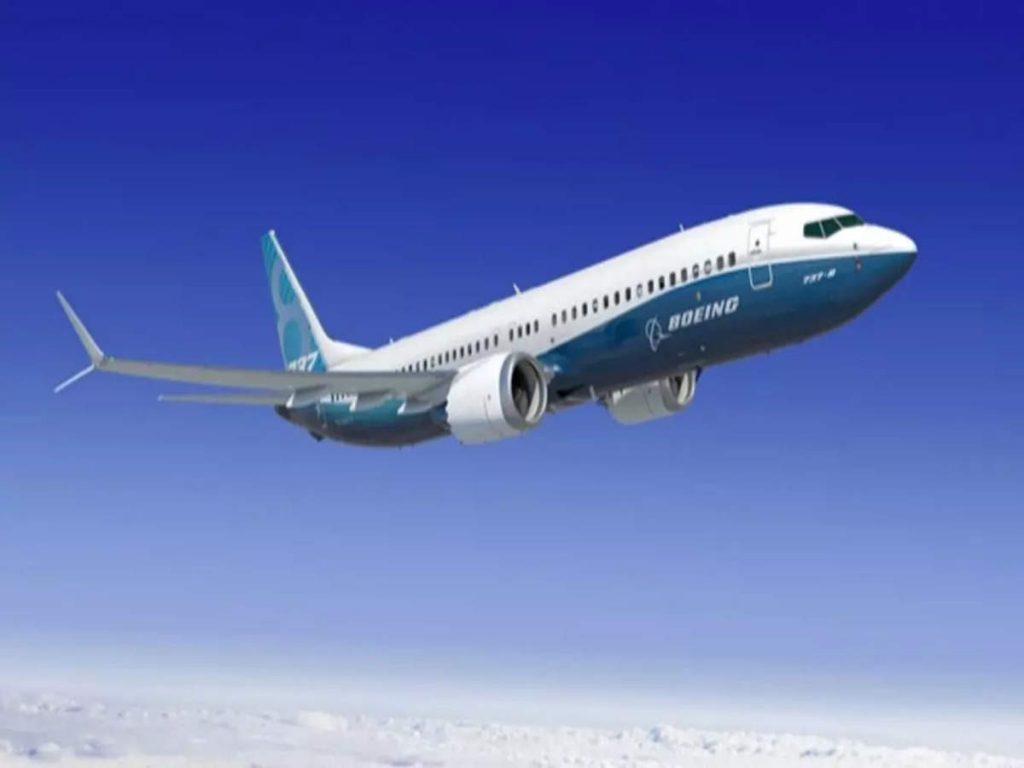Less than one week after United Airlines (UAL) and every other major carrier lowered their Q3 outlooks, aircraft manufacturer Boeing (BA) offered a much more bullish longer-term view for itself and for the airline industry. This morning, BA released its “Boeing Market Outlook”, or, BMO, which is forecasting a $9 trillion market over the next decade for the aircraft and other products and services that it provides. Notably, that projection represents an increase from its pre-pandemic 2019 outlook of $8.7 trillion.
BA’s optimistic forecast may seem a bit surprising given the recent softness in airline passenger traffic. After August 31 TSA screenings fell to the lowest levels since May, the TSA released Labor Day travel numbers that showed an 11.7% drop in traveler throughput versus 2019 levels. The primary cause for the recent downturn is the rise in virus cases and the accompanying international travel restrictions.
However, BA sees this latest setback as just one more obstacle that the company will overcome. On a related note, BA Vice President of Commercial Marketing Darren Hulst predicted the recovery for BA’s end markets to reach pre-virus levels by the end of 2023 or early 2024.
Along with continued stability in BA’s global defense and space segments, pent up demand for air travel and carriers’ need to upgrade their fleets are factors that BA expects will drive the recovery. Continuing an ongoing theme, BA’s commercial market outlook anticipates that domestic air travel will lead the way. To put the discrepancy between domestic and international travel demand into perspective, the International Air Transport Association recently estimated that domestic travel reached 84% of July 2019 levels, while international travel is still badly lagging at just 26%.
Consequently, demand for BA’s narrow body planes, such as the 737 MAX, should accelerate ahead of wide body planes, like the 777X. That timing works out well for BA because the 737 MAX is expected to gain re-certification in China by the end of the year, while the 777X program was delayed and isn’t expected to ramp up until 2023.
Overall, the company laid out an encouraging vision that depicts a robust recovery for its commercial airline business. The stock, though, is struggling to gain altitude today despite the upbeat forecast. In our view, the sluggish action speaks to the difficulty in making accurate long-term projections, especially in such a volatile and unpredictable environment. It’s quite possible that BA’s projections will come to fruition, but the focal point for investors remains on the near-term challenges facing BA and the airline industry.





